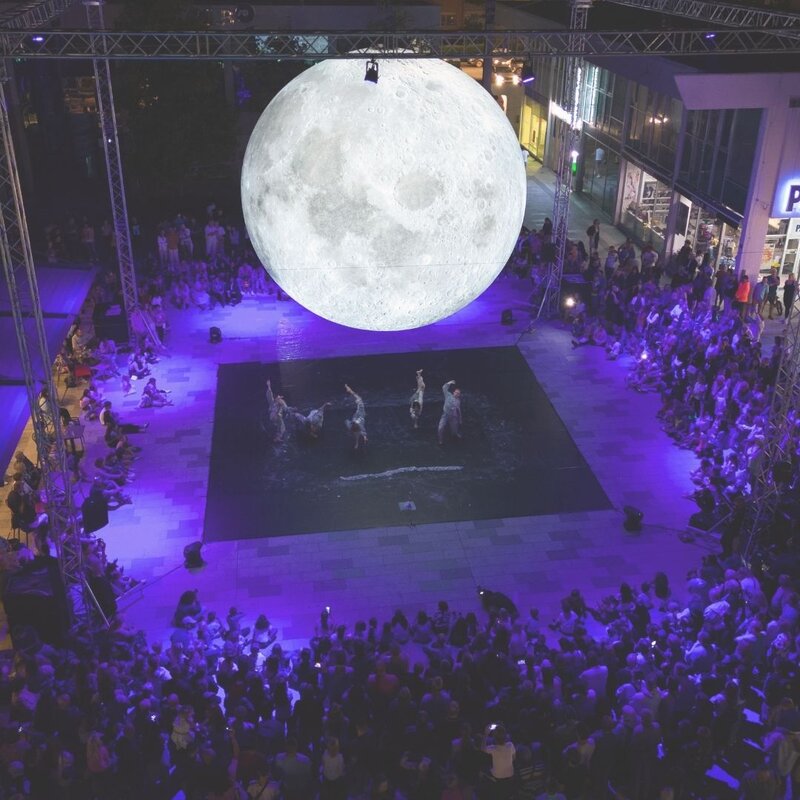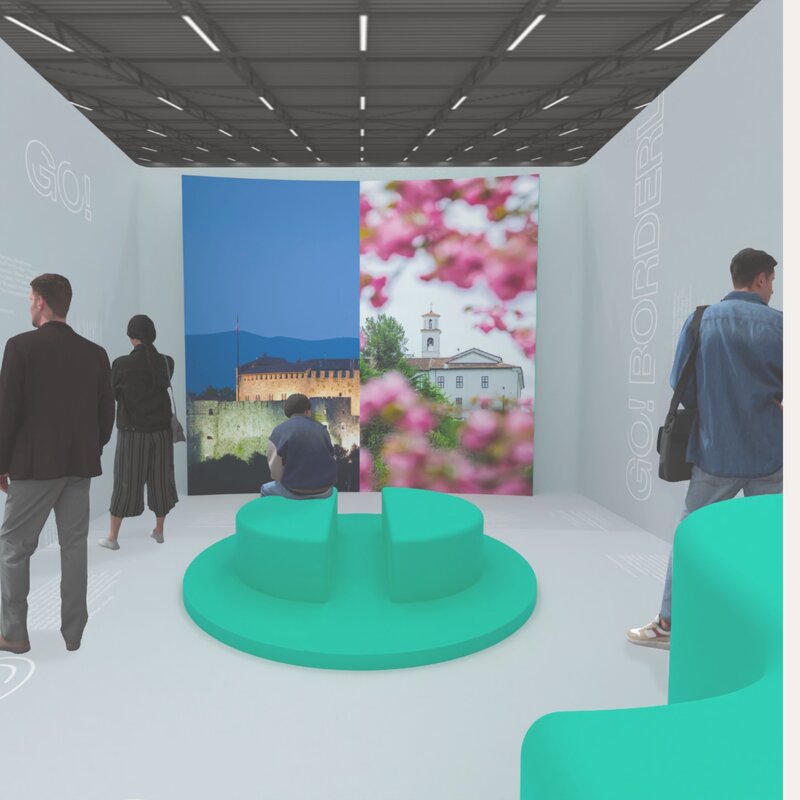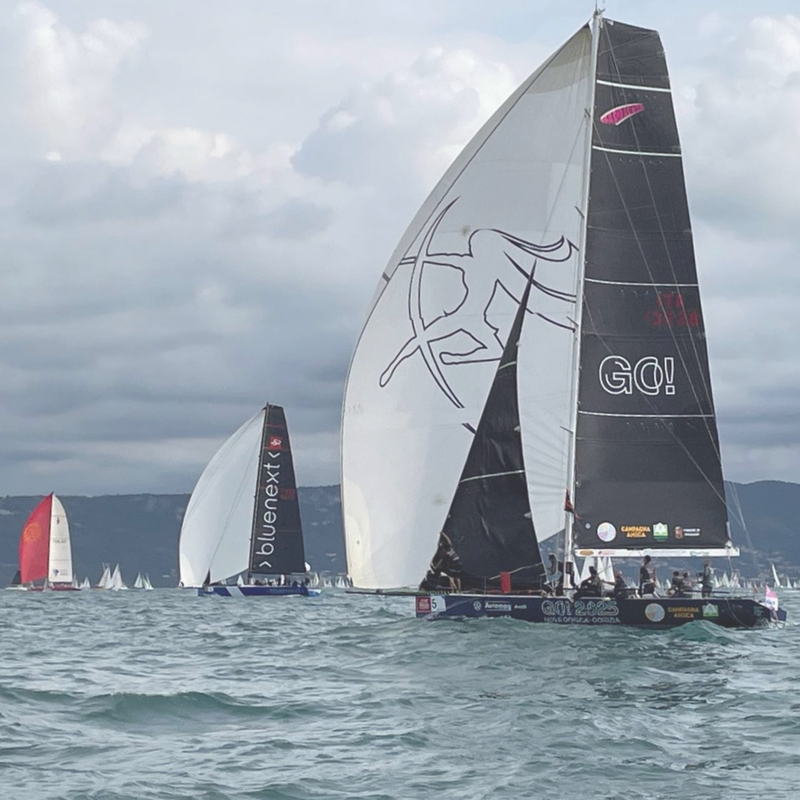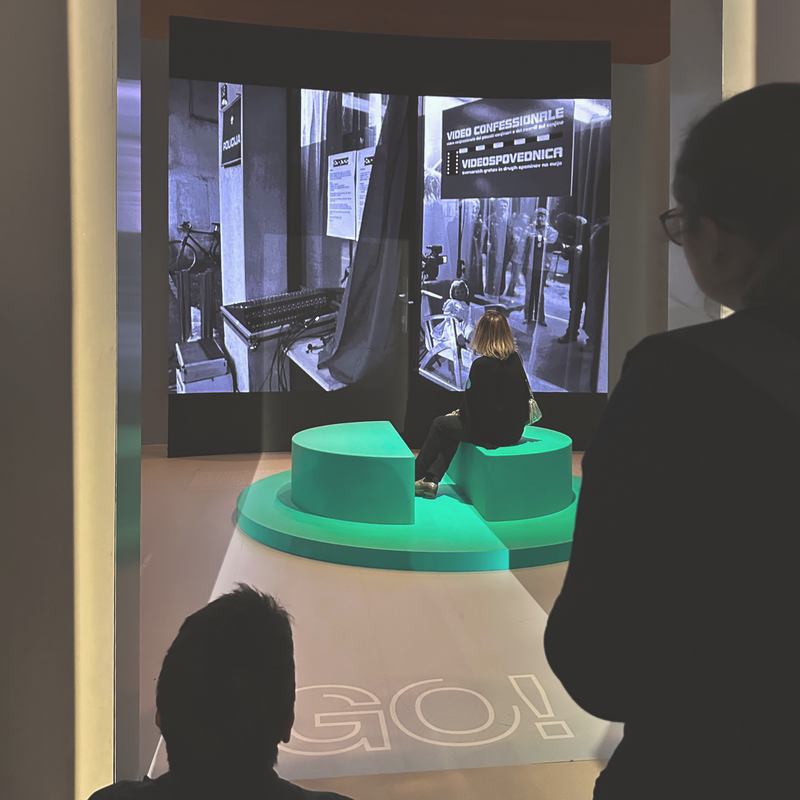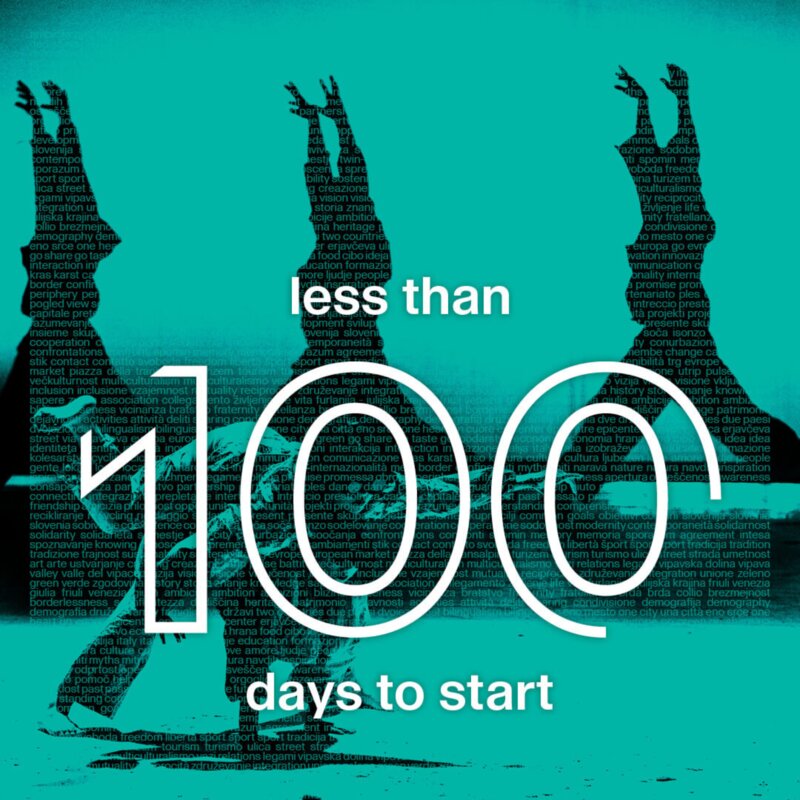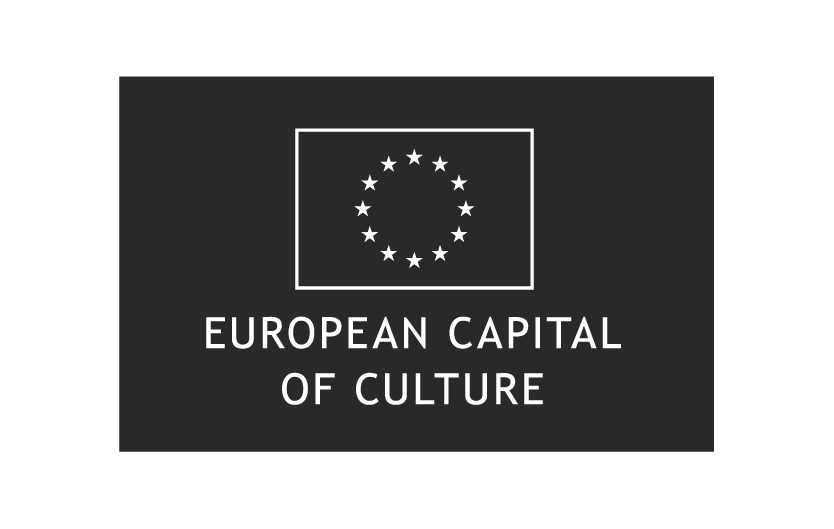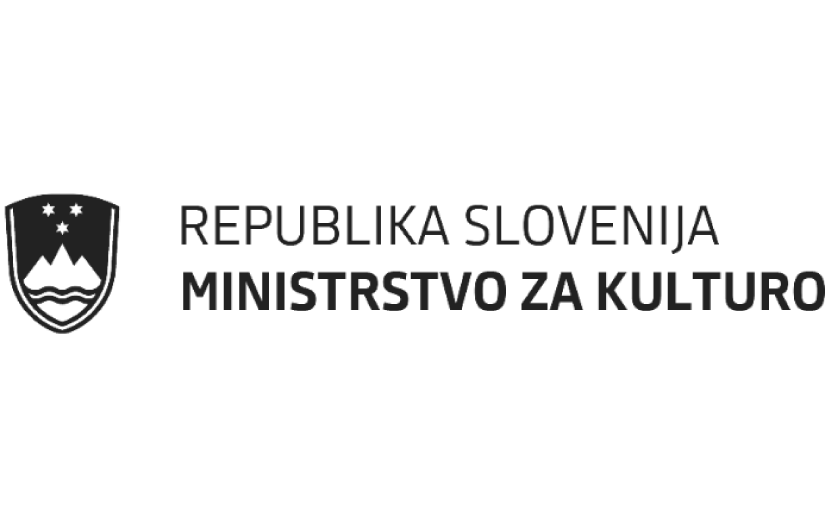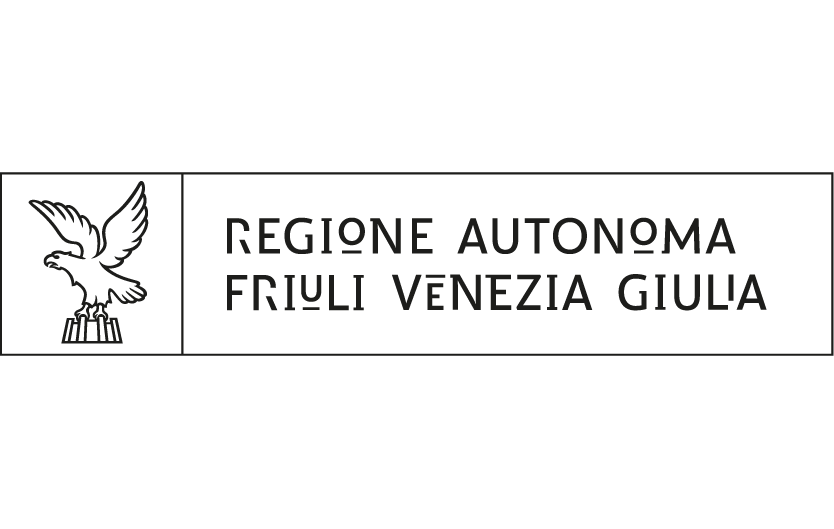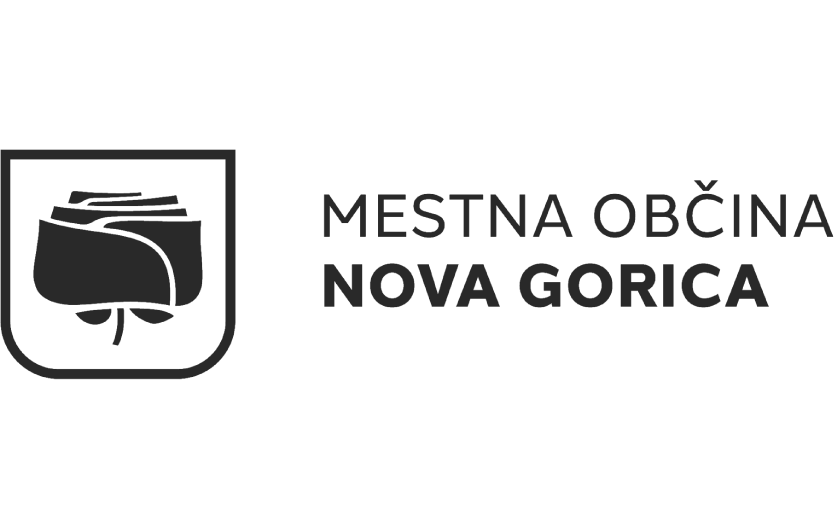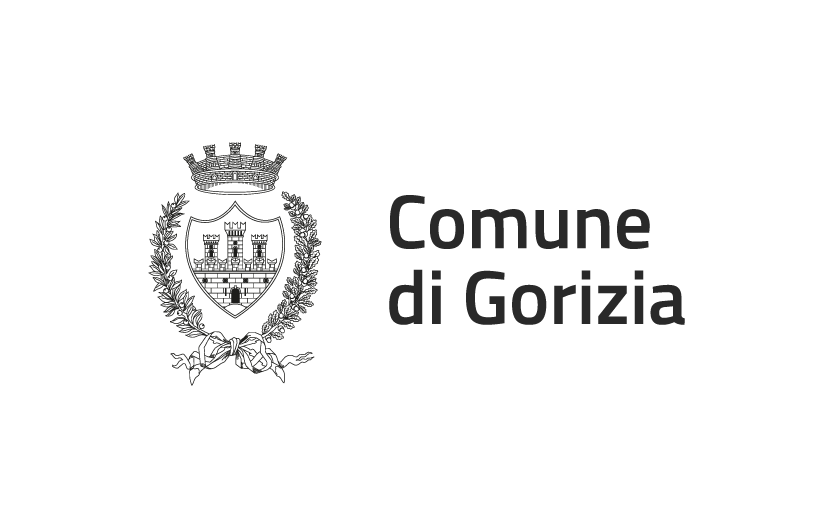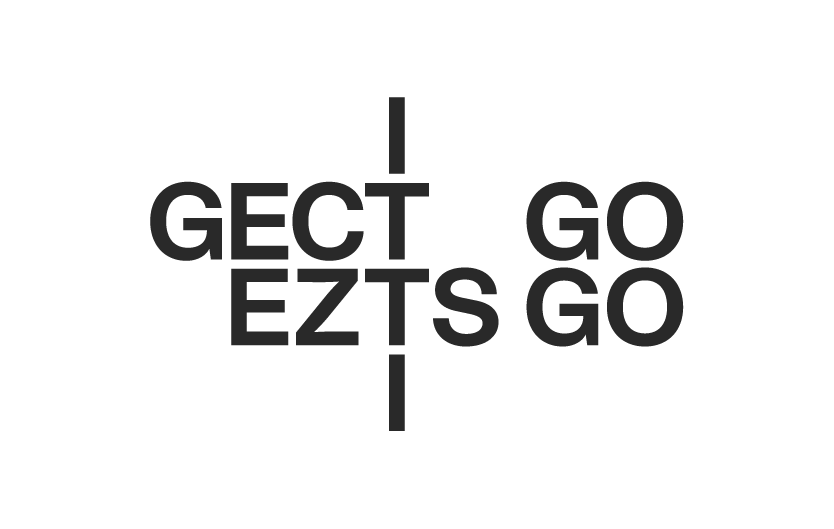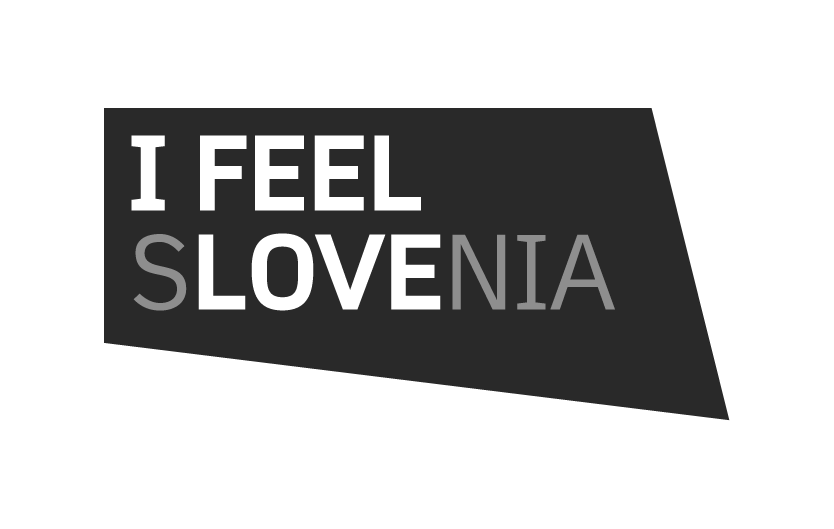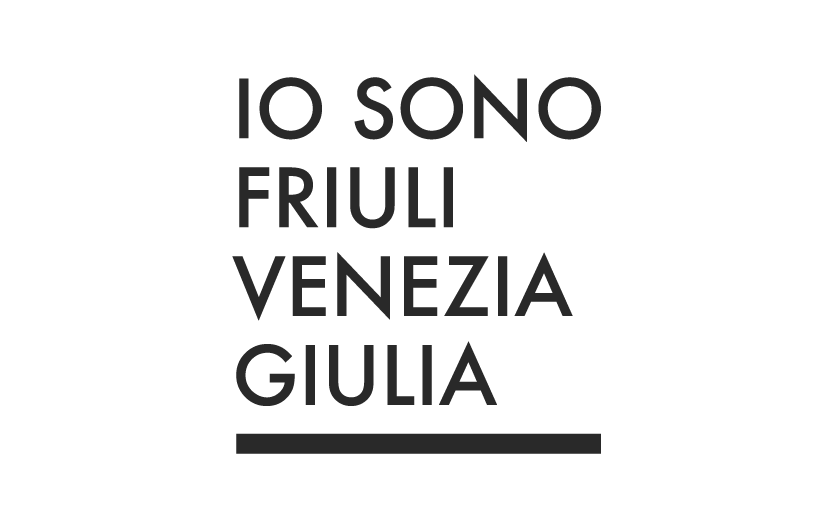02/02/2023

Alessandro Cattunar, from Gorizia, historian, and curator of the concept and installation of the multimedia museum "Lasciapassare/Prepustnica", recently opened on the Italian side of the border crossing at Pristava, or via Rafut, in Gorizia. "This is not a museum, but a narrative point. We want to tell the stories of a complex and difficult area along the former border. It is impossible to tell everything in a few words, so we show different sides of what happened, different sides of lives." And his contribution to our common space in Gorizia does not end there. Exactly ten years ago, he designed an open-air museum, a kind of information "totem", pillars of memory in the colour of rusting iron, which convey the historical context of each place by activating it with a QR code or a mobile phone. The open-air museum consists of six pillars on the Italian side and four on the Slovenian side, and also includes the Archive of Memory web portal with oral and audio-visual testimonies of people from the Gorizia area. Cattunar, with a PhD in Contemporary History, is known in the Gorizia region as the founder of the association Quarantasettezeroquattro (47/04), through which he conceives artistic, theatrical and multimedia production projects, designs and installs multimedia exhibitions and museums, and organises festivals related to contemporary performance. His research focuses on memory and identities in border areas, analysing oral sources and the relationship between historical research and the media. In 2014, he published Il confine delle memorie (The border of memories) with Mondadori education.


